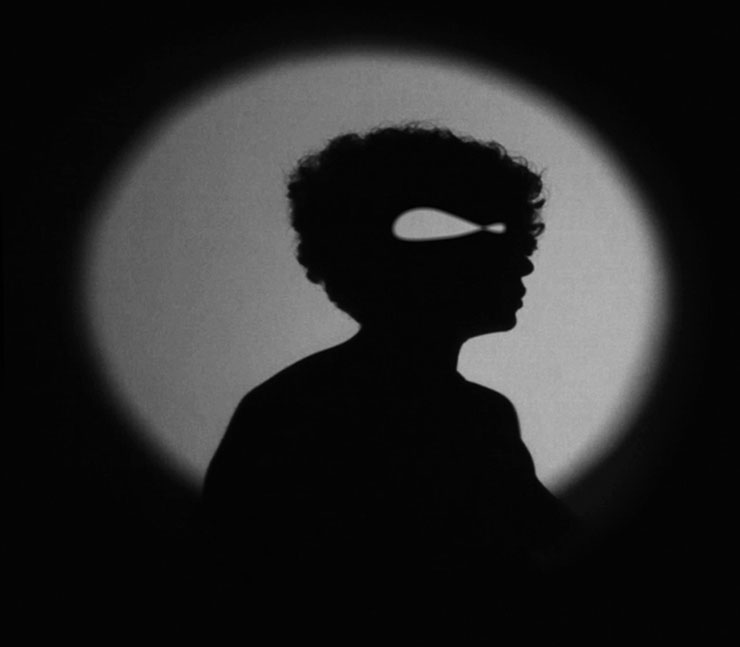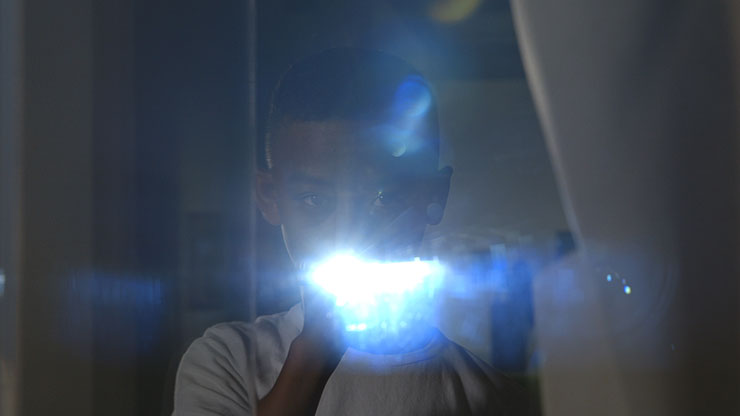Noa Gur | Ways of Making Visible | Trait pour trait: Portrait of the Museum
In her work, Ways of Making Visible, Noa Gur (b. 1980) observes the inner workings of the museum and its hidden parts, and it is precisely there – where the museum is highlighted as a producer of the sovereign gaze, generating viewers who are adept at the civic viewpoint – that she finds a possibility of subverting the power relations inherent in this institution. Gur offers a space where two interdependent projections cast doubt on our viewpoint as observers, and to a certain extent, on the very space where we stand. The children on screen are active, projecting viewers, and simultaneously they are observed by us, subject to our gaze as they are revealed to us from the darkness.
As these active-and-acted-upon children move through the museum galleries, they provide a glimpse of the viewing configuration that Ways of Making Visible seeks to highlight. Like many other institutions established in the public realm in the second half of the nineteenth century, the museum – with exhortations for us to be quiet between its pale walls and broad spaces – preserves and replicates modes of social stratification and the establishment of political power. The museum directs us as observers through the texts that accompany the works on its walls, and through its demand that we marvel at its spaces. In effect, it steers us to the particular viewpoint that it seeks to create.

